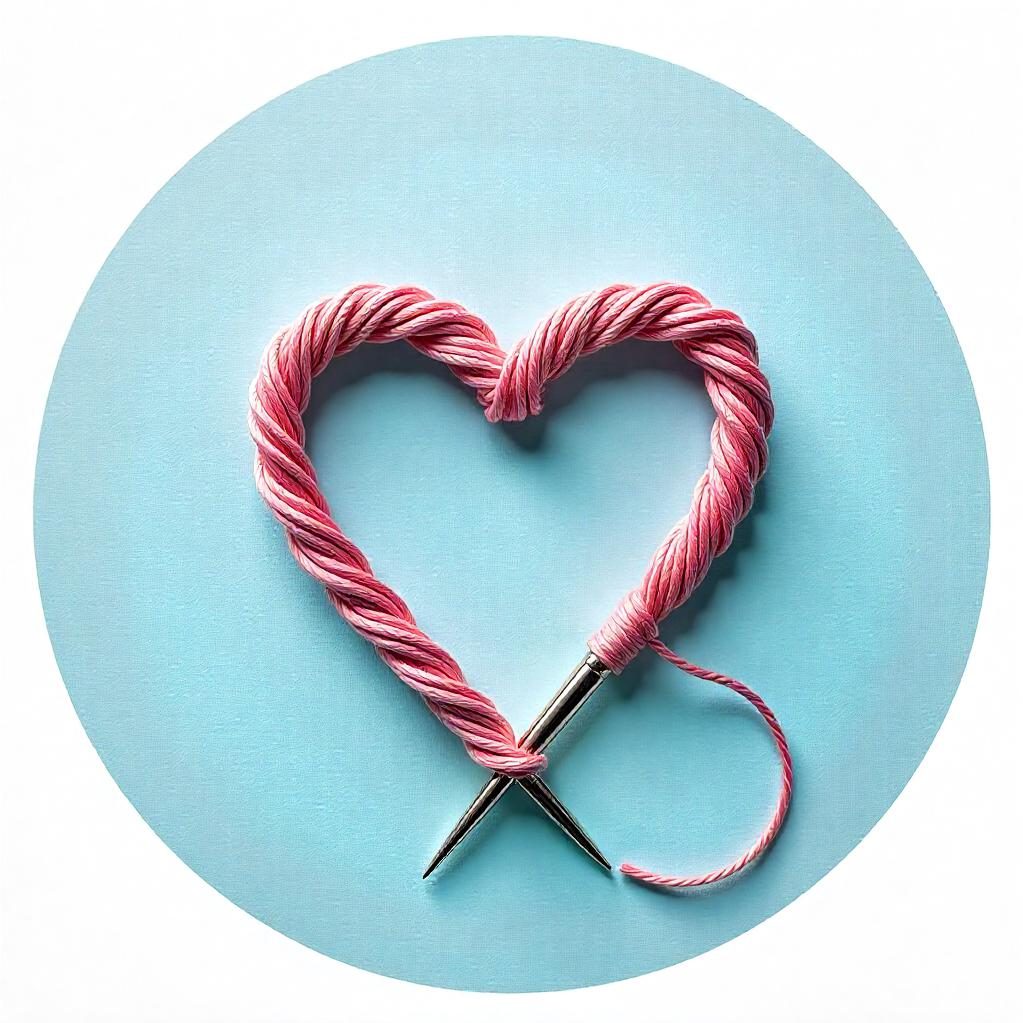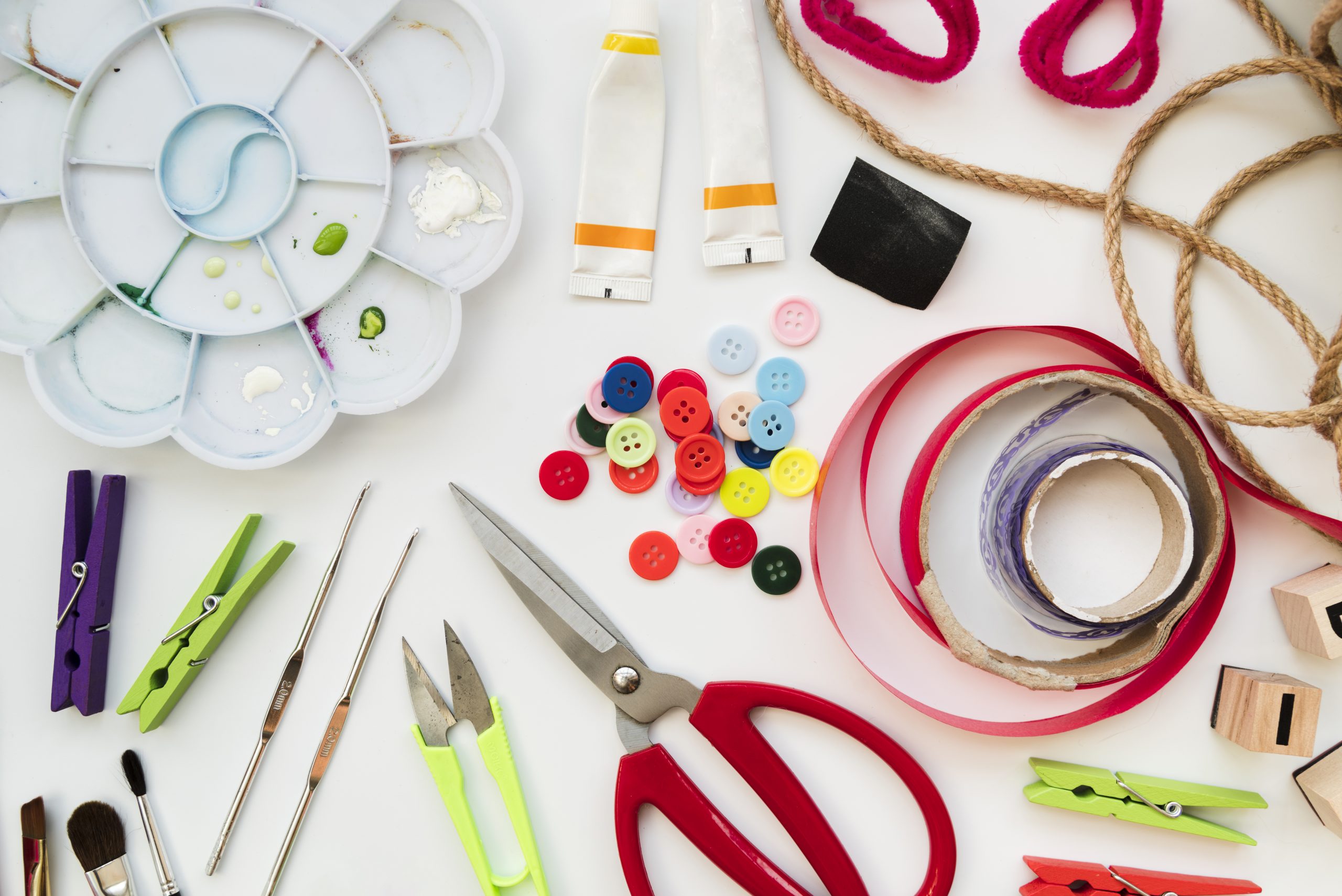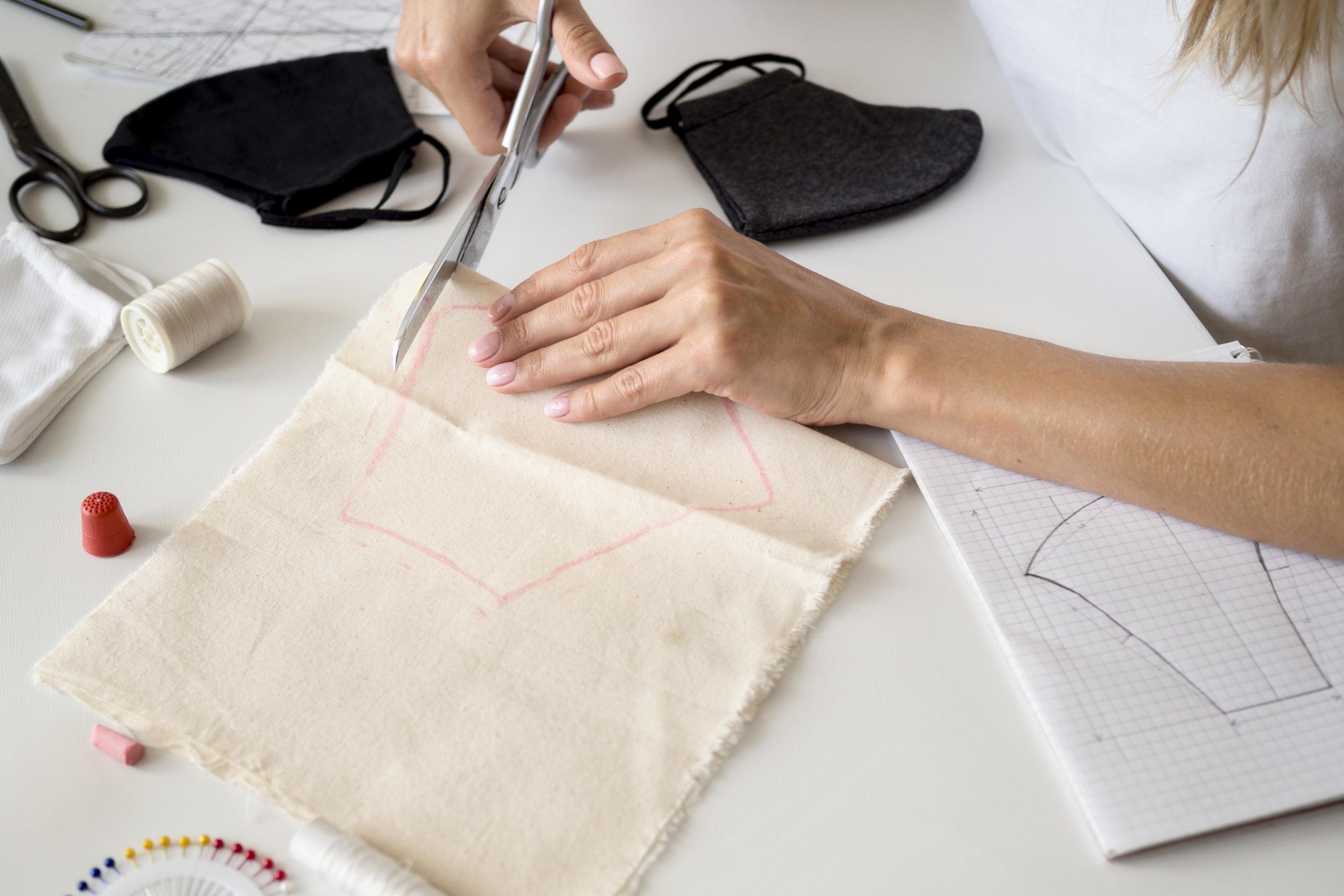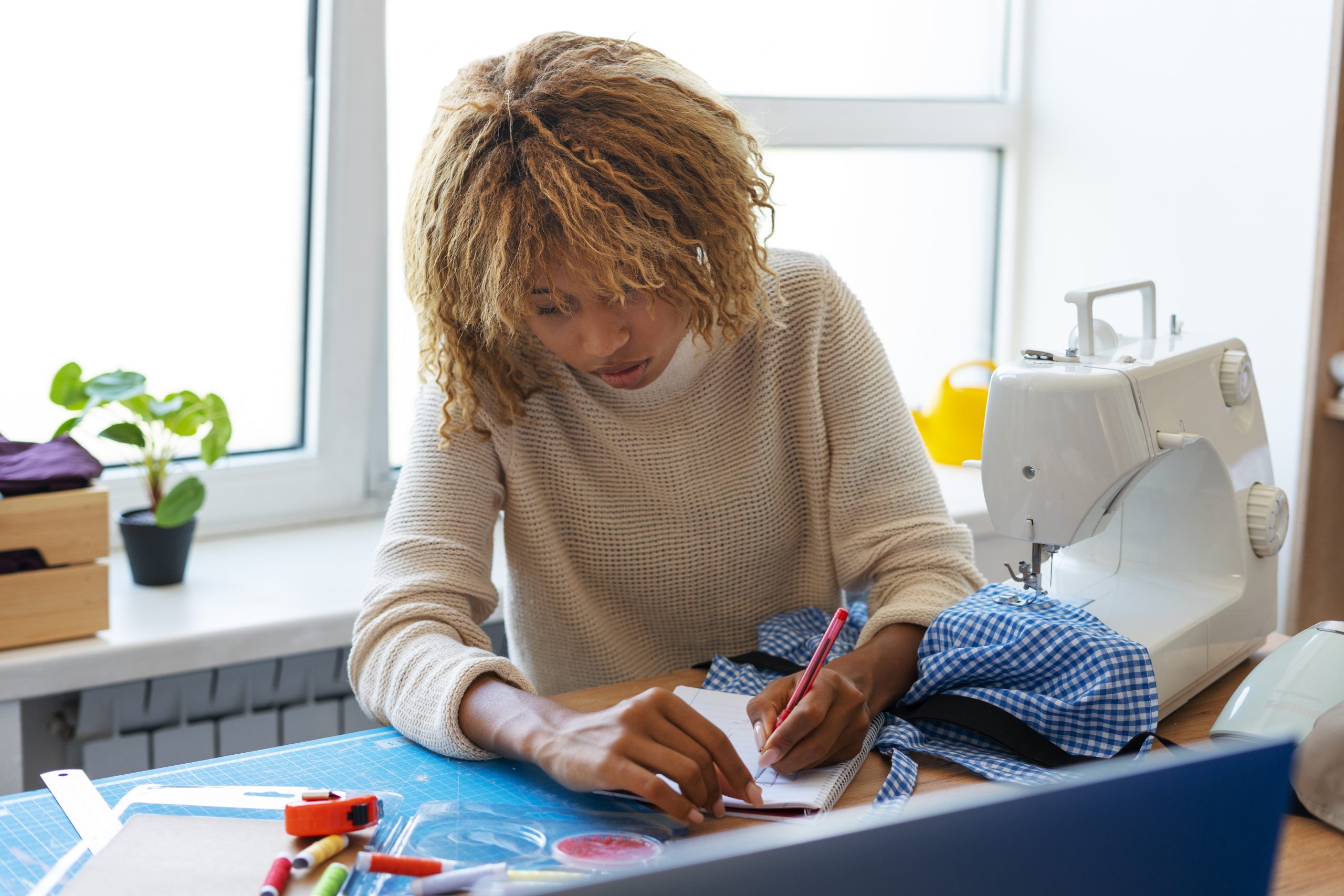Whether you’re a seasoned seamstress or just beginning your sewing journey, having the right tools can make all the difference. From basic items that help with cutting fabric to specialty tools that make sewing easier, here’s a list of essential sewing tools every crafter should have in their toolkit.
1. Sewing Machine
A reliable sewing machine is a must-have for any sewer, as it saves time and ensures professional results. Machines come in different types, from basic models for beginners to more advanced ones for intricate work.
What to Look for:
- Easy-to-use controls
- Adjustable stitch length and width
- Versatile attachments (like a buttonhole maker)
Tip: Invest in a machine that suits your project needs, whether it’s a simple repair or a complex garment.
2. Fabric Scissors
Good fabric scissors are crucial for making clean, precise cuts. They are designed to cut through fabric without fraying the edges and are sharper than regular scissors.
What to Look for:
- Stainless steel blades for durability
- Comfortable handles for a good grip
- Scissors that are easy to sharpen
Tip: Keep your fabric scissors only for fabric to maintain their sharpness.
3. Pins and Pin Cushion
Pins are used to temporarily hold fabric pieces together before sewing, while a pin cushion helps you organize and store your pins safely.
Types of Pins:
- Straight Pins: Ideal for most fabric types.
- Safety Pins: Useful for thicker fabrics or basting.
Tip: Use a magnetic pin cushion to easily pick up dropped pins.
4. Measuring Tape
Accurate measurements are crucial for any sewing project. A flexible measuring tape will help you take precise body measurements and measure fabric before cutting.
What to Look for:
- A 60-inch tape for ease of use
- Marked in both inches and centimeters for versatility
Tip: Make sure the tape is flexible and easy to wrap around curves or irregular shapes.
5. Seam Ripper
A seam ripper is an essential tool for removing stitches when you make a mistake. It’s great for unpicking seams or removing basting stitches.
What to Look for:
- A small, sharp blade for precision
- A comfortable handle for easy grip
Tip: Use a seam ripper to carefully remove stitches without damaging the fabric.
6. Iron and Ironing Board
Pressing your fabric is an important step in sewing, as it helps to set seams, smooth out wrinkles, and give your projects a polished finish. An iron and ironing board are key for achieving crisp, professional results.
What to Look for:
- Adjustable steam settings on the iron
- A sturdy, heat-resistant ironing board
Tip: Always press seams open as you sew to ensure a neat finish.
7. Tailor’s Chalk or Fabric Marking Pen
Tailor’s chalk or fabric marking pens are used to mark your fabric for cutting, folding, or sewing. These marks can be easily removed after sewing.
Types of Marking Tools:
- Tailor’s Chalk: A simple, traditional tool.
- Fabric Marking Pen: More precise and often washes away.
Tip: Test your marking tool on a scrap piece of fabric to ensure it’s removable.
8. Thread
High-quality thread is essential for a strong, durable seam. Threads come in various weights and colors, so it’s important to match your thread to your fabric.
What to Look for:
- Polyester or cotton threads for general sewing
- Thread that matches the color of your fabric for a seamless look
Tip: Keep a variety of thread colors in your kit to match different fabrics.
9. Rotary Cutter and Mat
A rotary cutter is a must-have for cutting fabric accurately and quickly, especially when working with larger projects or quilting. Pair it with a self-healing cutting mat to protect your work surface.
What to Look for:
- A comfortable, ergonomic handle
- A large enough mat for cutting fabric
Tip: Use a rotary cutter for straight, long cuts, and a pair of fabric scissors for smaller, detailed cuts.
10. Needles
Having a selection of sewing needles is essential for different fabric types. Use universal needles for regular fabrics, while ballpoint needles are perfect for knits and stretch fabrics.
What to Look for:
- A variety of needle sizes (small to large)
- Needles designed for specific fabrics (denim, jersey, etc.)
Tip: Change your needle regularly, especially when working with thick fabrics or after many uses.
Final Thoughts
The right tools can make your sewing projects more enjoyable and efficient. Start by collecting these essential items, and over time, you can add more specialized tools as your sewing skills grow. With the proper equipment, your creative ideas will become beautiful, finished pieces in no time!
Pro Tip: Organize your tools in a sewing box or a dedicated storage space to keep them safe and easy to find!



